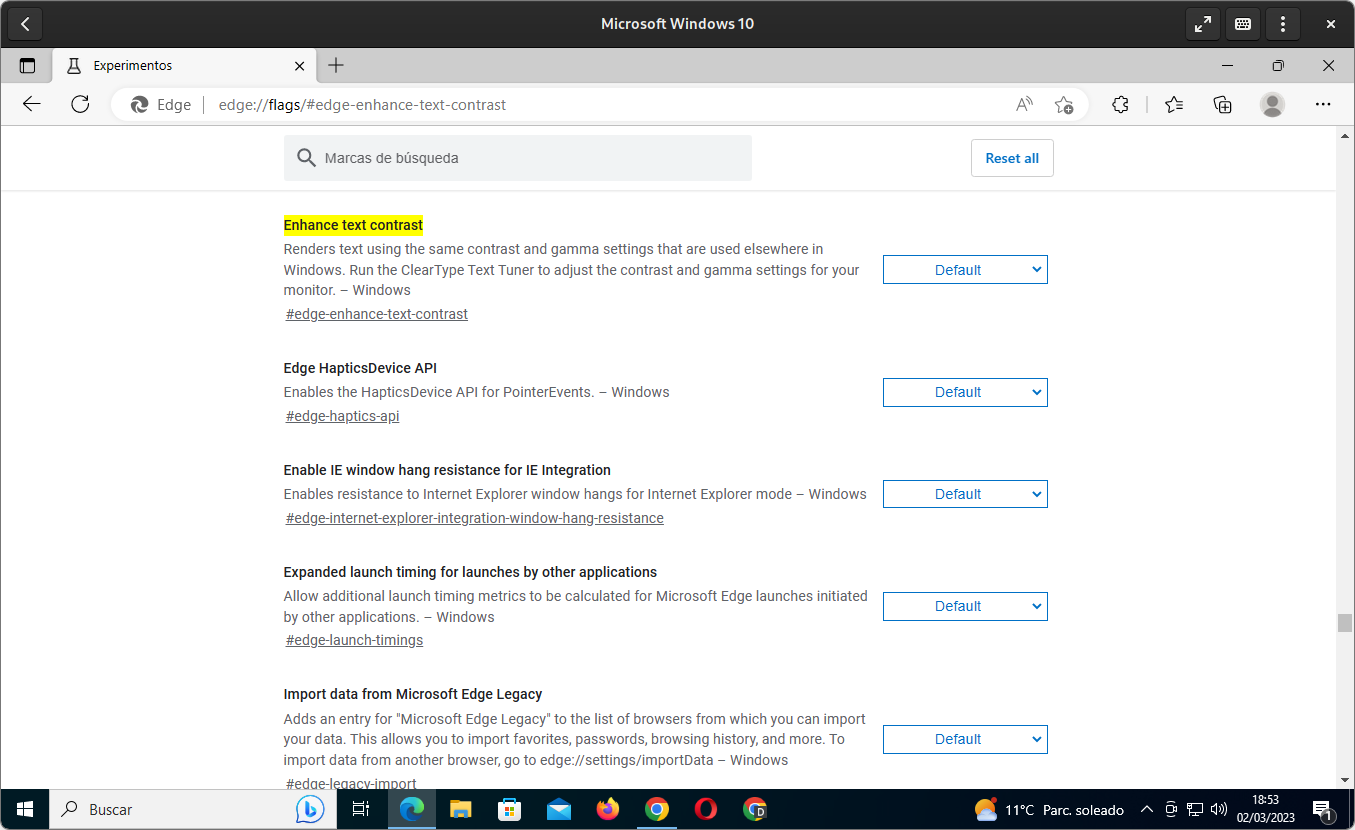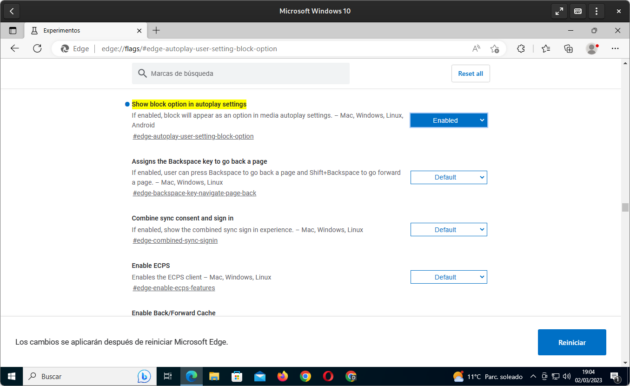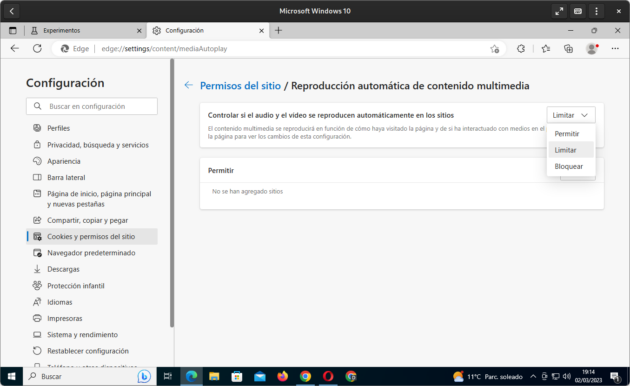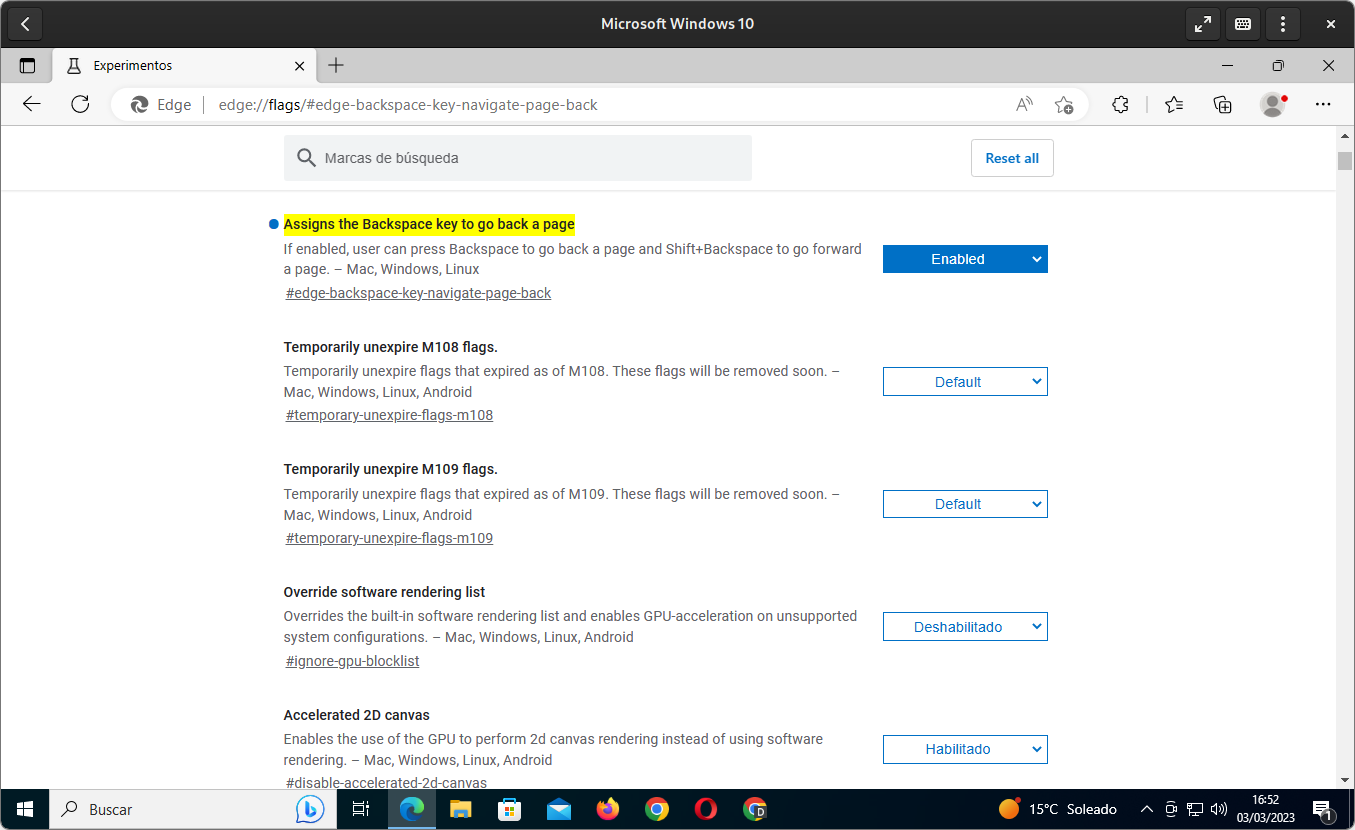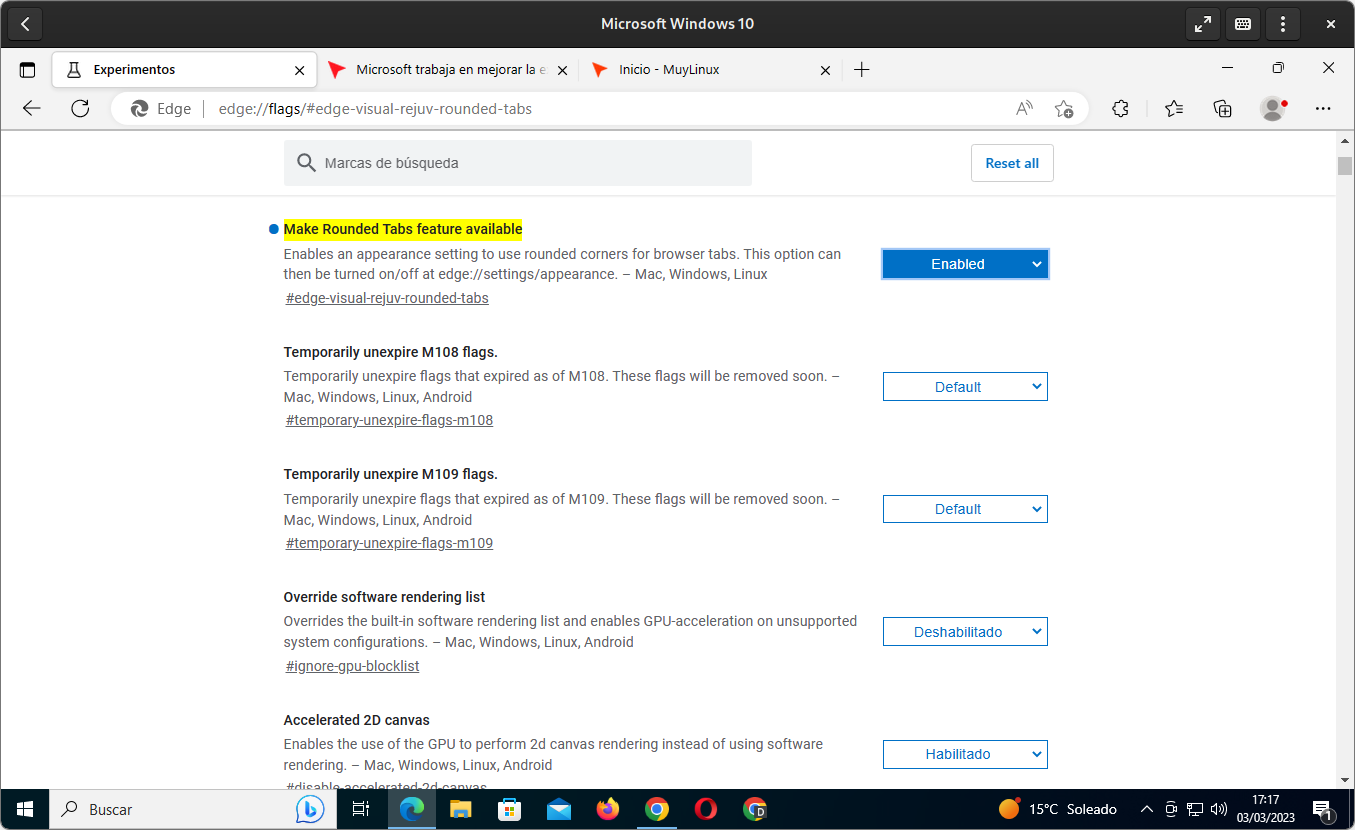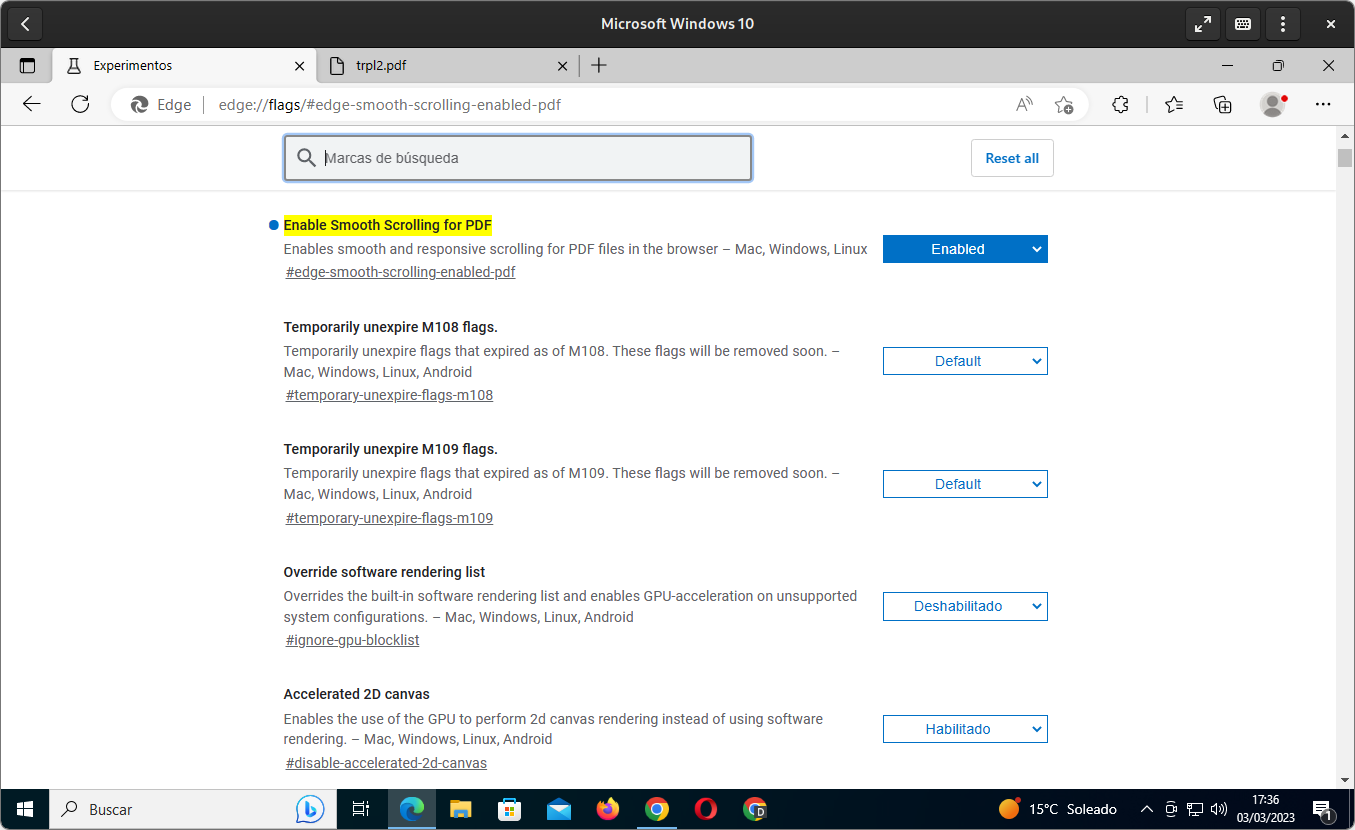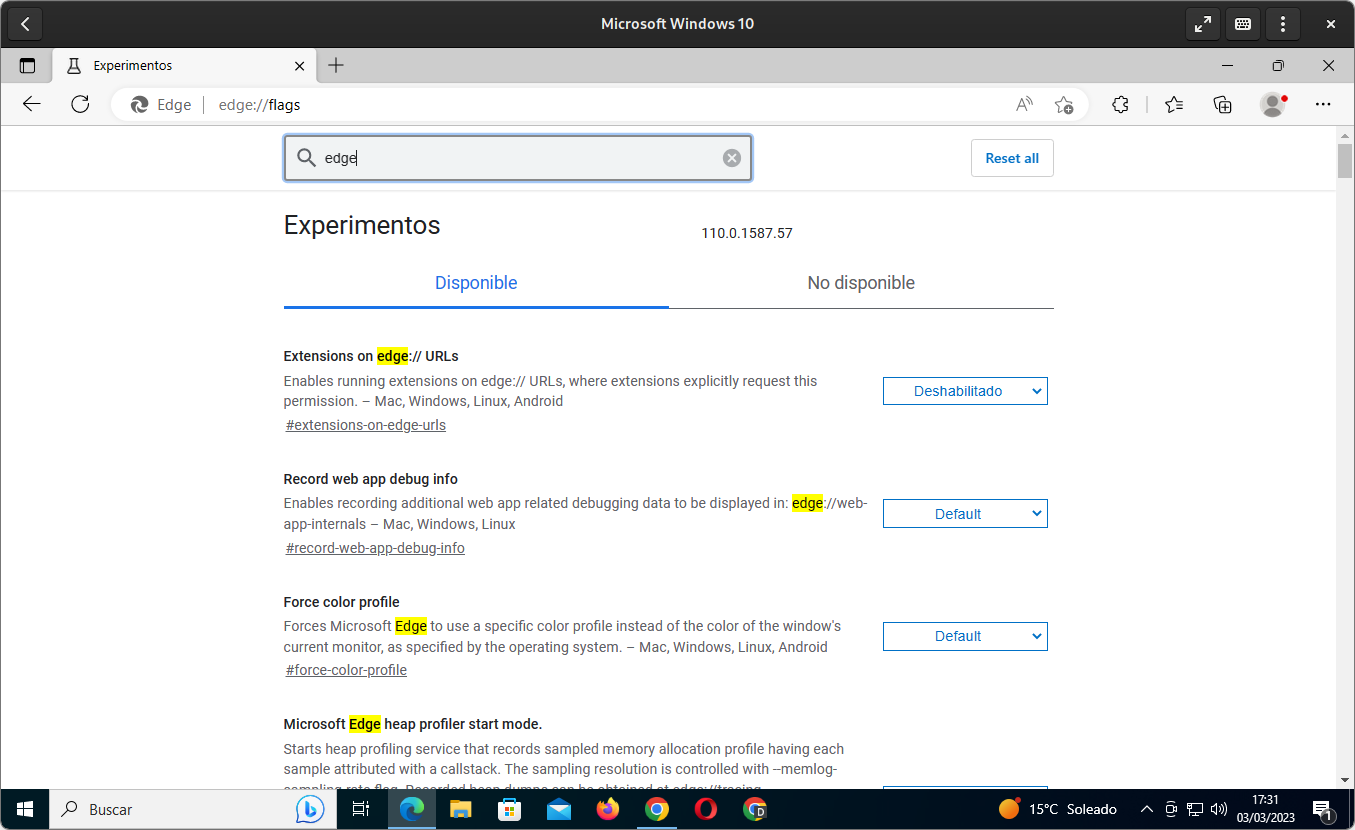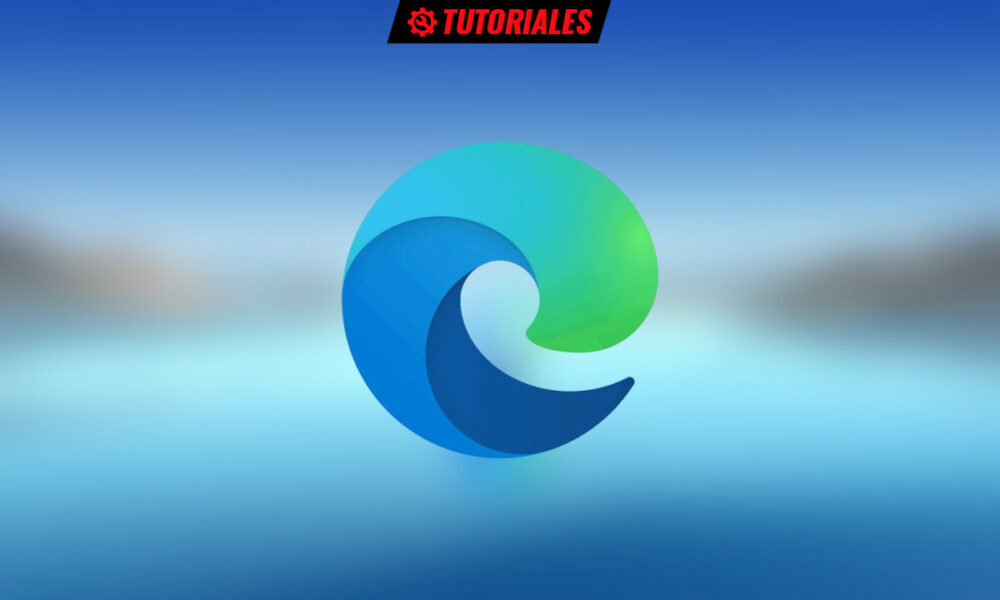
microsoft edge It is the second most used web browser on desktop computers. Its trajectory has been somewhat turbulent, with some beginnings in which it was widely rejected by users despite being one of the star applications of Windows 10 and that it came pre-installed with the system.
The commercial failure of the original Edge forced Microsoft to do a 180-degree turn to adopt Chromium as its basethe open source browser sponsored by Google from which Chrome, Brave, Vivaldi, Opera and other browsers are derived that come to contribute more or less compared to the original project.
The transition from Microsoft Edge to Chromium was seen by many as a capitulation, even a humiliating page in the company’s history for some. However, the passage of time has proved the Redmond giant right, since the Chromium-based Edge has long been the second most used web browser in the world on desktop computers, ahead of a Mozilla Firefox that does not go back. the flight despite its improvements. Depending on where you look, Safari is currently used more than Firefox on the desktop as well.
Microsoft Edge based on Chromium, more than just taking the easy way
Far from being a clone of Chrome (or rather a Chromium with the logo and name changed), Microsoft has worked so that Edge has its own identity and characteristics compared to its competitors, and not only in terms of aesthetics.
Chromium is a web browser that is distributed as open source primarily under the three-clause BSD license. This license is permissive or soft, so it allows the creation of proprietary derivatives. Consequently, and contrary to what usually happens with the most popular variants of the GPL, the developer is not obliged to redistribute the source code of a derivative product.
In addition to Microsoft Edge, Vivaldi, Opera and Chrome are also distributed as proprietary software, while Brave stands as the largest Chromium derivative distributed as open source and free software by using the same MPLv2 as Firefox. To this we must add that Microsoft is a giant that has plenty of resources to transform Chromium in depth and provide it with features that it does not have in its original state.
The Chromium-based Microsoft Edge is not just another clone of the technology promoted by Google, but rather a product with quite a bit of its own personality and that has been able to convince many users with features such as anti-tracking prevention which, at least from the surface, is reminiscent of the one that uses Firefox. Its possibilities are also there when it comes to modifying the aesthetics of the application, the child protection and unwanted software blockingamong other things.
Since Microsoft Edge is more than a Chromium clone, I’m going to take this opportunity to mention five features that might not be present in other derivatives.
Before you start exposing
All the features that I will cover in this article are present in the section edge://flagswhich is the equivalent of chrome://flags from Chrome and which essentially allows the same thing by deriving both from Chromium: allowing the enabling of experimental or development features or modifying the behavior of some option, feature or aspect. If someone is betrayed by the subconscious, introduce chrome://flags in Microsoft Edge it works too.
All the possibilities of flags Chromium should be present in all derivatives, but derivatives may have flags that are not available in the original project or other derivatives, and are some of those flags present in Microsoft Edge the ones that I am going to mention.
use section flags it is quite simple. The user only has to search for the flag that you want to modify or enter your URL and then select ‘Enabled’ in the corresponding dropdown. Then the browser itself will ask to restart to apply the modification or activation of the flag with the ‘Relaunch’ button.
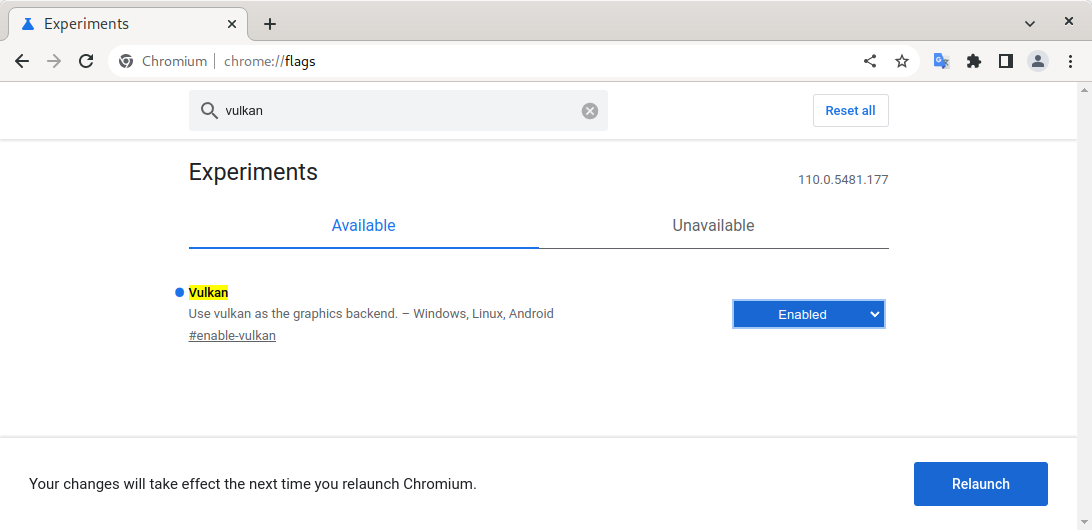
Chromium ‘chrome://flags’ section.
Improve text contrast
This flag is exclusive to Windows and allows typefaces to render with the same contrast and gamma settings used by the operating system, which should result in a more homogeneous experience and a possible improvement in reading. The user can take this feature further with the use of the “ClearType Text Optimizer” tool present in Windows and can be found with the start menu finder.
edge://flags/#edge-enhance-text-contrast
Block media autoplay
Blocking the automatic reproduction of multimedia resources that may be present in web pages is useful to avoid shocks, especially when one is in an environment that requires silence. It is possible to reach the flag by entering the following in the web browser:
edge://flags/#edge-autoplay-user-setting-block-option
After activating the flagwhich is present for Windows, Linux and macOS, the user can go to Settings > “Cookies and site permissions” > “Autoplay media content” or enter the following in the address bar.
edge://settings/content/mediaAutoplay
Assign the back key to go to the previously viewed web page
This flag it may sound a bit geeky, but the reality is that it can be extremely useful for those who tend to use the computer mainly with the keyboard. Although the graphical interfaces were made to facilitate the use of the operating system and applications mainly through the mouse, the use of the keyboard ends up offering much more speed if one masters the shortcuts. Here we enter a situation similar to when comparing graphical interfaces with command lines.
if the flag is enabled, the user will be able to go back in the navigation with the back key and go forward by holding down the shift key before pressing back. The feature should be smart enough to disable the feature if the user is typing on a form, but if it’s not enabled by default, it’s probably because it’s not quite polished yet.
edge://flags/#edge-backspace-key-navigate-page-back
Tabs with rounded corners
Do Microsoft Edge tabs look too ugly for you? This flag allows the tabs have all four rounded corners and look detached from the address bar. The finish is similar to the Proton interface that Firefox released in version 89, which at the time left the user community quite divided.
edge://flags/#edge-visual-rejuv-rounded-tabs
Smooth navigation through PDF documents
Web browsers have been gaining features over the years, and one of the most prominent is the ability to open PDF documents to view them. If you deal with a lot of documents in said format, which are common in digital bureaucratic processes, you may want to improve the experience with them through greater fluidity, and for this there is this flag Smooth scrolling exclusive to Microsoft Edge.
edge://flags/#edge-smooth-scrolling-enabled-pdf
How to see the exclusive flags of Microsoft Edge
What we have exposed here are five flags that are exclusive to Microsoft Edge at least in the sense of the origin of their implementation, however, there are a few more that the user can enable at will in order to modify and possibly obtain a better experience with the web browser. To do this, all you have to do is search with the word ‘edge’ in the search engine that appears at the top of the section.
Conclusion
As we see, Microsoft Edge has quite a few things of its own and the company has not limited itself to serving another Chromium clone. Here, not surprisingly, comes the fact that Microsoft is a giant corporation with an army of engineers on the payroll and billions of dollars to its credit.
Discovering all that Microsoft Edge can give is already a matter of how far the user himself is willing to investigate and deepen.
